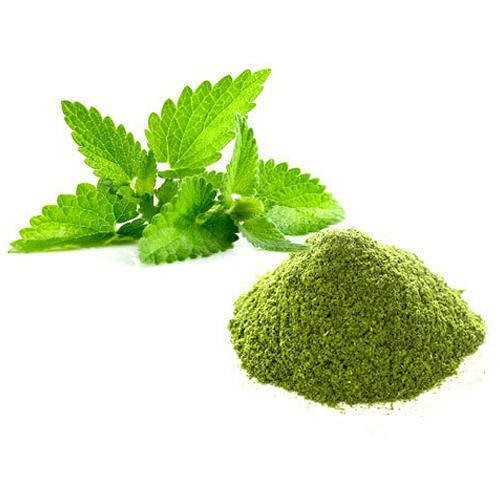High Quality Egyptian Spearmint For Export (Common And Organic)
| Botanical Name | ( Mentha Spicata ) |
| Available Form: | · Spearmint whole leaves
· Spearmint crushed leaves |
| Season: | Available all the Year |
| Packing: | In polypropylene bags, weight depend upon form type. |
Annual production capacity : 225 Ton
Storage conditions: Store in a cool dry place at temperature above 20 ° C and relative humidity 75%.

Spearmint benefits
Health benefits of spearmint – Spearmint is pleasantly aromatic herb packed with numerous health benefiting vitamins, antioxidants and phyto-nutrients. – The leaves and herb parts contain essential oil, menthol. Unlike in peppermint, spearmint leaves composes only small amounts of menthol, 0.5% compared to the 40% in peppermint. Less menthol content would make this herb least pungent and subtly fragrant herb in the mint family. – The herb has low calories (about 43 calories per 100 g) and contains zero cholesterol. – The chief essential oil in spearmint is menthol. Other important chemical components of spearmint areα-pinene, β-pinene, carvone, cineole, linalool, limonene, myrcene and caryophyllene. These compounds in mint help relieve fatigue and stress. – The herb parts are also very good in minerals like potassium, calcium, manganese, iron (148% of RDA), and magnesium. Iron is required for enzymes in cellular metabolism and synthesis of hemoglobin. Potassium is an important component of cell and body fluids that helps control heart rate and blood pressure. Manganese is used by the body as a co-factor for the antioxidant enzyme superoxide dismutase. – Further, the herb is also rich in many antioxidant vitamins, including vitamin A (provides 4054 IU or 135% of RDA), beta-carotene, vitamin C, folates (26% of RDA), vitamin B-6 (pyridoxine), riboflavin and thiamin. Medicinal uses Almost all parts of spear mint herb found a place in various traditional as well in modern medicine. – The herb decoction is an excellent remedy for minor ailments such as headaches, nervous strain, fatigue and stress, as well as for the respiratory problems; helping with asthma, bronchitis and catarrh. – It is very useful to deal with digestive problems, including nausea, flatulence and hiccups as it relaxes the stomach muscles. – The essential oil, menthol, has analgesic, local anaesthetic and counterirritant properties. Menthol also found application in the preparation of toothpaste and mouth refreshers. – On the skin, when used as cream or lotion, it may help relieve the itching of pruritis, dermatitis, and hives. – Spearmint oil is used as blended massage oil and in the aromatic therapy to help relieve headaches, stress, fatigue, and nervous conditions and to relieve itching. – Spearmint tea can be used safely in pregnancy. In women, it helps reduce unwanted hairs through its anti-androgenic properties.
Physical Characteristic |
|
| Colour | Green |
| Aroma | Grassy and herbaceous |
| Flavour | Characteristic flavour |
| Aspect | Dried leaves of Spearmint |
| Particle Size | 2-4 mm |
| Microbiological Analysis | |
| Salmonella | Not detected in 25g |
| Escherichia Coli | Absent |
| YEAST/MOULD (CFU into 1g no more than) | 0,10 x 103 |
Chemical Analysis |
|
| Moisture % | 9.00 |
| Extraneous Matter % | Absent |
| Living & Dead Insects % | Absent |
| Mineral Dirtines Contents % | Absent |
| Organic Dirtines Contents % | Absent |
| Allergens material | It Does‘t contain |
| Metal particles % | Absent |
| Pesticides Residues | Meet EU Regulations |
| Heavy metals (Sr, Sс) | Absent |
| Ash % | 12.00 |
| Acid insoluble Ash % | 2.50 |
| Volatile oil ml/100 g | 0.5 |
Request For Quotation (RFQ)







